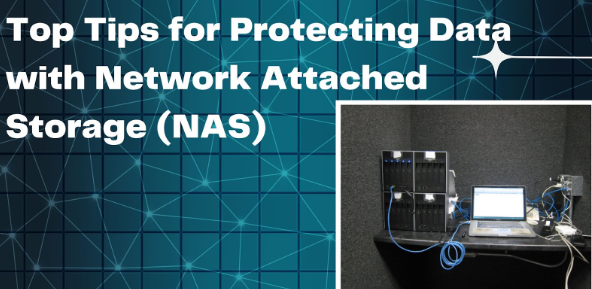Introduction:
In the business world, data is everything. Losing data can mean losing customers, valuable insights, and even money. That’s why it’s so important to have a plan for protecting your data. One of the best ways to do this is with Network Attached Storage, or NAS. NAS is a type of data storage that connects directly to a network—making it easy to keep your data safe and accessible.
There are many different types of NAS devices on the market, but not all of them are created equal. When choosing a NAS device for your business, it’s important to consider your specific needs and budget. To help you get started, we’ve put together a list of our top tips for choosing and using Enterprise nas Storage.
1. Consider Your Needs
The first step in choosing a NAS device is to consider your specific needs. What type of data are you looking to store? How much storage space do you need? Do you need features like snapshotting or encryption? Answering these questions will help you narrow down your options and choose the best NAS device for your business.
2. Compare Prices
Once you know what you’re looking for, it’s time to start comparing prices. Network attached storage devices can range in price from around $100 to $10,000—so it’s important to find something that fits within your budget. Keep in mind that cheaper devices may have fewer features or lower storage capacity, so be sure to compare apples to apples when price shopping for NAS.
3. Choose the Right Location
When setting up your NAS device, be sure to choose the right location. The ideal location for NAS is a cool and dry place with good ventilation. Avoid putting NAS devices in areas where they will be exposed to excessive heat or humidity, as this can damage the internal components and shorten the lifespan of the device.
4. Use Quality Cables
To get the most out of your NAS device, be sure to use quality cables. Ethernet cables are available in different grades ( Cat5e, Cat6a, etc.), so be sure to choose a cable that meets the performance requirements of your device. Cheaper cables are more likely to cause interference or produce errors, so it’s worth spending a little extra on quality Ethernet cables.
5 . Implement a Backup Strategy
Even with a NAS device in place, it’s important to have a backup strategy in place as well—just in case something goes wrong with the primary storage system. A good backup strategy should include both local backups (on an external hard drive or tape) as well as remote backups (in the cloud). This way, you can rest assured knowing that your data is always protected—no matter what happens.
Conclusion:
A NAS device is a great way to protect your business data—but only if you know how to use it correctly . By following our top tips for choosing and using NAS , you can keep your data safe , sound , and readily accessible . So what are you waiting for ? Get started today!









































